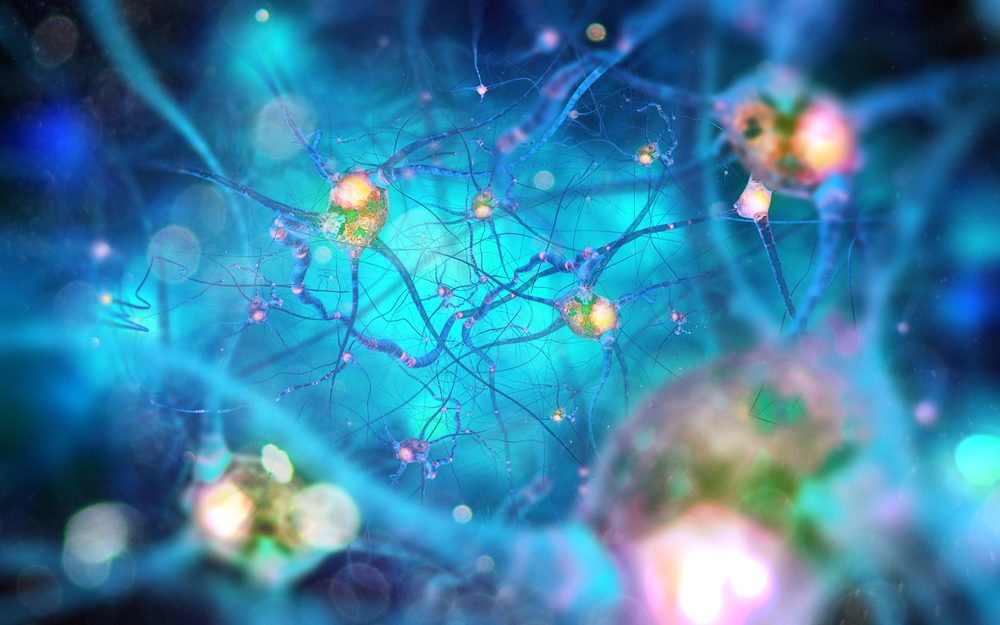Study Suggests Mechanism for ALS Caused by Toxic Algae-produced Compound

A toxin produced by algae may contribute to the development of amyotrophic lateral sclerosis (ALS) by lowering the stability of a protein in the brain, a new study suggests.
Titled “β-Methylamino-L-alanine substitution of serine in SOD1 suggests a direct role in ALS etiology,” the study was published in PLOS Computational Biology.
β-methylamino-L-alanine (BMAA) is an environmental toxin that is made by some kinds of cyanobacteria, blue-green bacteria that typically live in the ocean. BMAA can accumulate in fish and shellfish that ultimately are consumed by humans.
This toxic compound has been linked to the development of ALS. The diet of the Chamorro people of Guam contains high amounts of BMAA, and the rate of ALS in this Pacific island population is about 100 times higher than elsewhere in the world. However, it remains unclear how BMAA can contribute to the development of ALS.
Researchers have hypothesized that cells might mistake BMAA for the amino acid L-serine as the two molecules have a similar structure. L-serine is one of the main “building blocks” of proteins. If BMAA could be mistakenly incorporated into a protein structure, it could potentially result in a protein that will not work as it should.
The ALS News Today forums are a place to connect with other patients, share tips and talk about the latest research. Check them out today!
BMAA has been theorized to specifically affect the protein copper-zinc superoxide dismutase (SOD1), which is one of the main culprits of familial ALS cases.
To further explore this association, researchers from the Penn State College of Medicine used computer modeling to see how BMAA incorporation into SOD1 would affect the protein’s function. L-serine occurs 10 times in the amino acid sequence that builds up SOD1. The team evaluated what would happen to the protein if BMAA was replaced in each of these L-serines.
They found that SOD1 containing BMAA tended to be less stable, leading the protein to fold incorrectly and to form clump-like structures. These misfolding and clumping features of SOD1 have been demonstrated to be toxic for motor neurons, so this seems like a plausible mechanism for the ALS-related toxicity of BMAA.
“We speculate that BMAA incorporation into SOD1 may be rare, explaining why this modification has not yet been reported,” the researchers said.
The team noted that BMAA would not necessarily need to get incorporated into many SOD1 molecules. Instead, their modeling results suggest that having a few misfolded SOD1 proteins could “promote an avalanche of misfolding events,” with these proteins leading other SOD1 proteins to also misfold and clump up.
“BMAA modification may serve as a biomarker for environmentally-linked cases of ALS,” the researchers said.
“Our results suggest a need for further investigation of SOD1 modification patterns in ALS patients. If we can determine the molecular patterns of disease onset and progression, it may aid in the development of lifestyle and preventative interventions for sporadic ALS,” Elizabeth Proctor, PhD, a professor at Penn State College of Medicine and co-author of the study, said in a press release.
It is important to note that, although this study supports a mechanistic connection between ALS and BMAA, it doesn’t prove a cause-and-effect relationship. More studies are warranted before such a conclusion can be drawn. Still, a better understanding of how ALS is caused, even in one particular case, may allow for better understanding of the characteristic features of the disease.
“A variety of gene mutations and external factors, like BMAA exposure, are associated with ALS,” said Nikolay Dokholyan, PhD, another study co-author, also of Penn State College of Medicine. “If we can figure out one pattern out, it may give clues for how to unlock others.”






